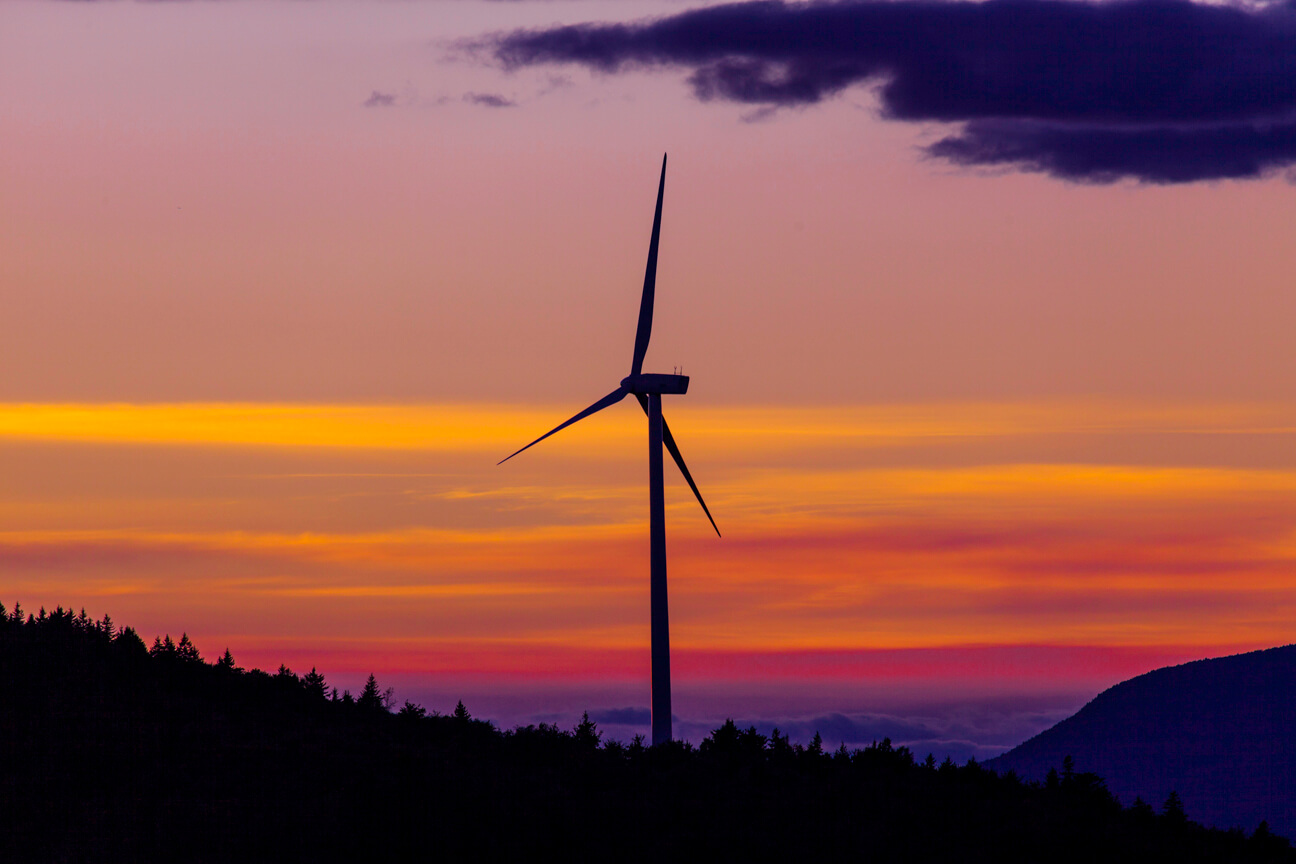Electric Utilities and Wind Power-A Good Mix
A total of 5,116 megawatts of new wind projects were brought online in 2010. The top utilities in terms of wind power include:
- Xcel Energy, with 3,458 megawatts on its system overall (both wind energy PPAs and utility-owned projects)
- MidAmerican Energy has 3,129 megawatts overall, including the largest amount of utility-owned wind projects (2,316 MW)
- CPS Energy of San Antonio, TX, has the largest amount of wind power serving its customers for a municipal utility (859 MW)
- Basin Electric has the largest amount of wind power for its customers for a rural electric co-operative utility (637 MW)
Ownership of wind projects by utilities themselves continued to represent about 15% of all wind projects installed in the U.S. in 2099, for the fourth year in a row.
The Multiple Benefits of Wind Power for Utilities
As the nation’s attention focuses more on global warming, the importance of wind energy as a readily available solution becomes clearer. Wind energy can help the U.S. reduce and stabilize carbon dioxide emissions due to electricity production. Some of the many ways wind power can directly benefit electric utilities include:
-
Reduced Environmental Risk
Wind power produces no carbon dioxide or air pollutant emissions, requires no water, mining, drilling, or transportation of fuel, and generates no radioactive or other hazardous or polluting waste.
-
Price Hedge
Wind power lowers the portfolio volatility of electric utility power supplies, yielding benefits for future price risk and mitigating the impacts of fossil fuel price volatility.
-
Stable Pricing
Although wind turbine prices have increased in the short term, long-term downward price trends are expected to continue which will make wind power very cost-competitive with other generating options as domestic manufacturing catches up with demand.
-
Good for the Bottom Line
Wind projects have very short construction periods and can be deployed quickly with positive impacts on generation planning and cash flows. In the case of wind ownership, additional rate base and tax-related benefits accrue to the utility as well.
Still other reasons include:
- Regulatory Treatment – wind power is viewed very favorably by utility regulators and other stakeholders in regulatory proceedings
- Economic Development / Jobs – wind projects contribute directly to economic development and job creation where projects are located
- Customer Satisfaction / Green Pricing options – customer awareness and interest for wind power are increasing and many customers are demanding “green” options from their utilities for their use
Wind Power’s Variable Nature
The variable nature of wind output is best addressed by utilities in the same way they address variability in current generation and demand (load), which is to maintain sufficient flexibility and resources to match generation and load. While wind energy introduces additional variability, most systems have available flexibility to accommodate the added variability. At higher wind penetration levels, additional resources may be needed.
Yet some continue to question whether wind power, which generates electricity when the wind is blowing, not on demand, is up to the task. Based on a growing body of analytical and operational experience, the answer is a resounding “yes.” Numerous wind integration studies and experience in parts of the country with high penetrations of wind power, as well as in Europe, indicate that integrating larger amounts of wind power into electric system operations is possible with only modest adjustments in operating protocols.
State-of-the-art wind forecasting techniques allow utilities and grid operators to anticipate and plan for increases or decreases in wind plant output. With wind forecasting, changes in wind energy output are factored into grid operations much like load demand – both change over a matter of hours (not a matter of seconds, such as when fossil or nuclear plants trip off line). For more information on wind integration, go to www.awea.org/utility/wind_integration.html .
What Is the Cost to Integrate Wind Power?
At wind penetration levels of up to 20% of system peak demand, experience shows that system operating cost increases arising from wind variability and uncertainty amount to about 10% or less of the wholesale value of the wind energy. Detailed power system modeling studies have looked at scenarios in which wind provides 10 to 40% of the electricity in various regions of the country, including Xcel’s Colorado and Minnesota systems and the Arizona Public Service system, and found that wind integration costs are typically less than $5 per megawatt-hour – a very reasonable and manageable price when added to the cost of wind energy itself. The detailed results of these studies can be found here: http://www.uwig.org/opimpactsdocs.html.
What Are Some of the Key Benefits That Utilities Are Realizing With Wind Power?
As described in the “20% Wind Energy by 2030” report (see link above), utilities have found that wind power typically reduces the need for generating electricity from natural-gas-fired power plants, significantly reducing fuel expenditures and operating costs for utilities and ultimately lowering rates for their customers. These reduced fuel costs far exceed the incremental costs of adding wind power to their systems over time, including wind integration costs.
Thus, increased wind power is actually saving utilities money, and is also helping to keep electric rates low at a time when other forces are causing rates to increase.
| Download the Pdf | Return to Main Menu |

